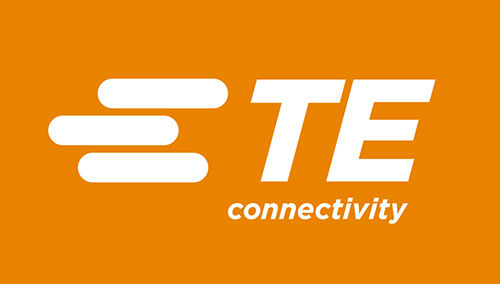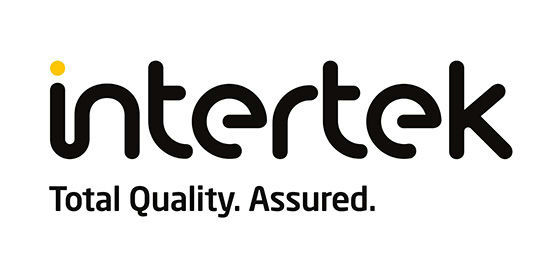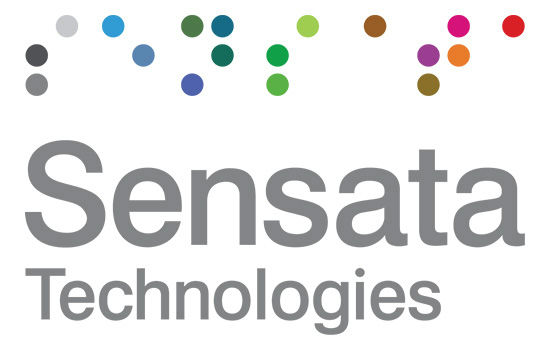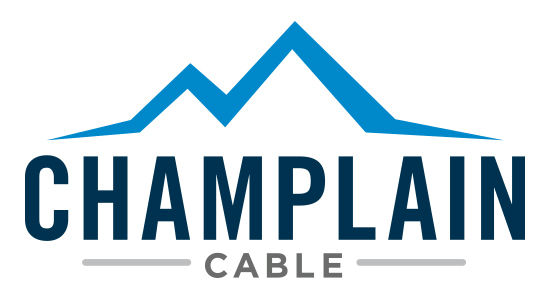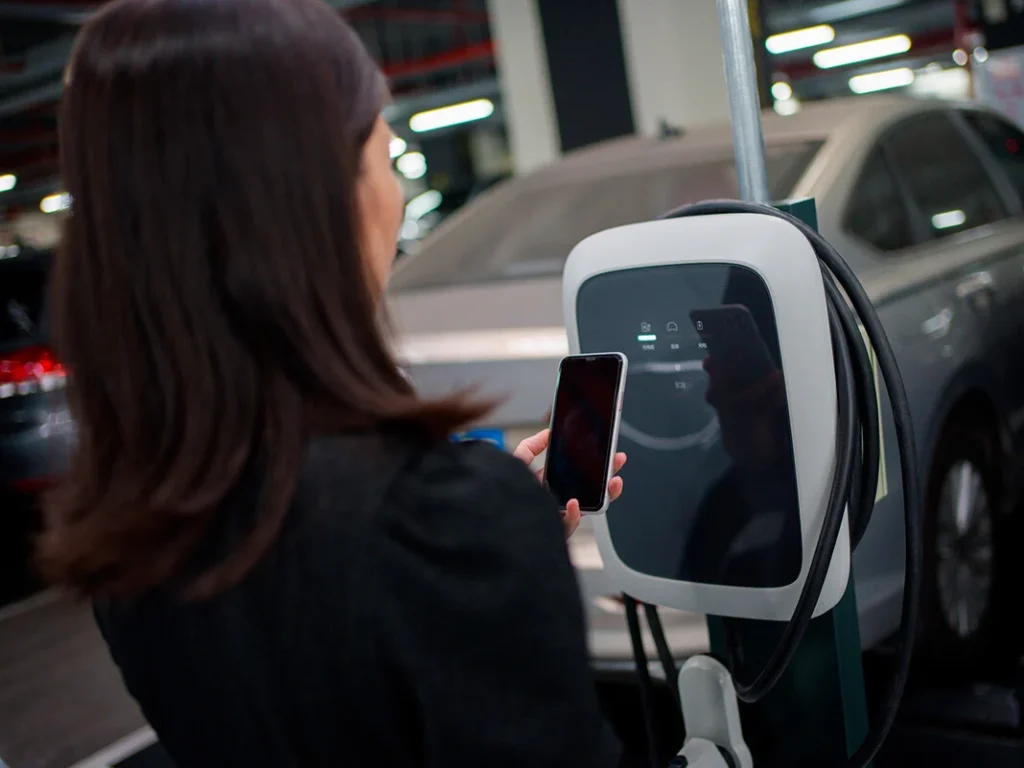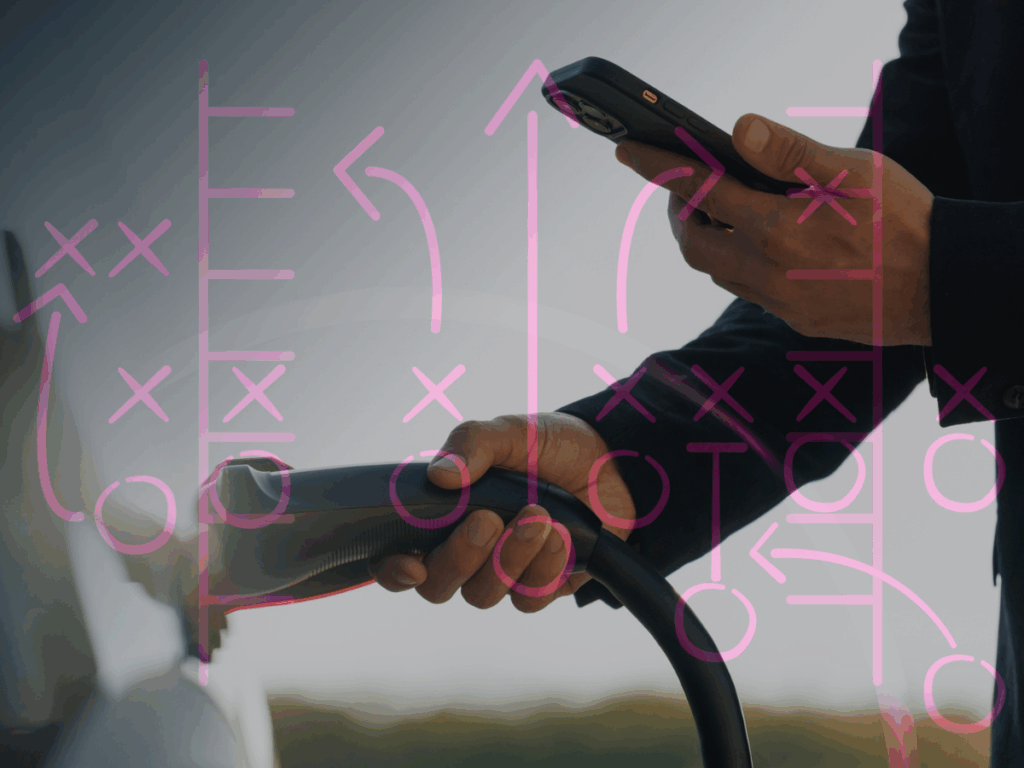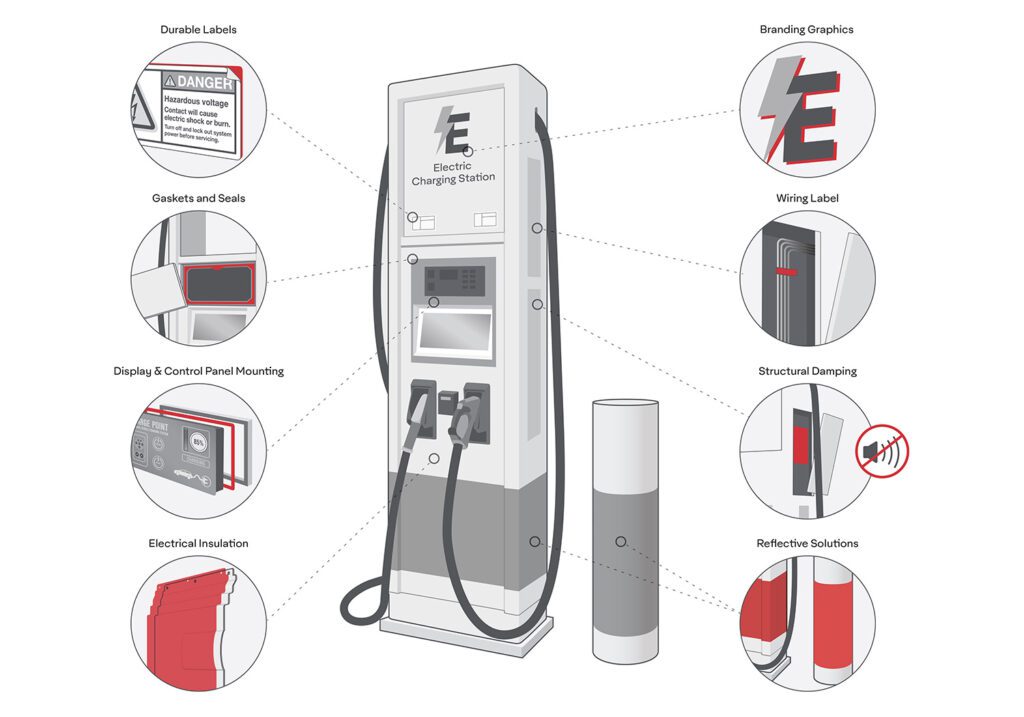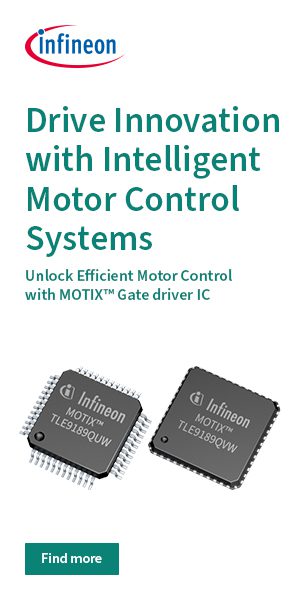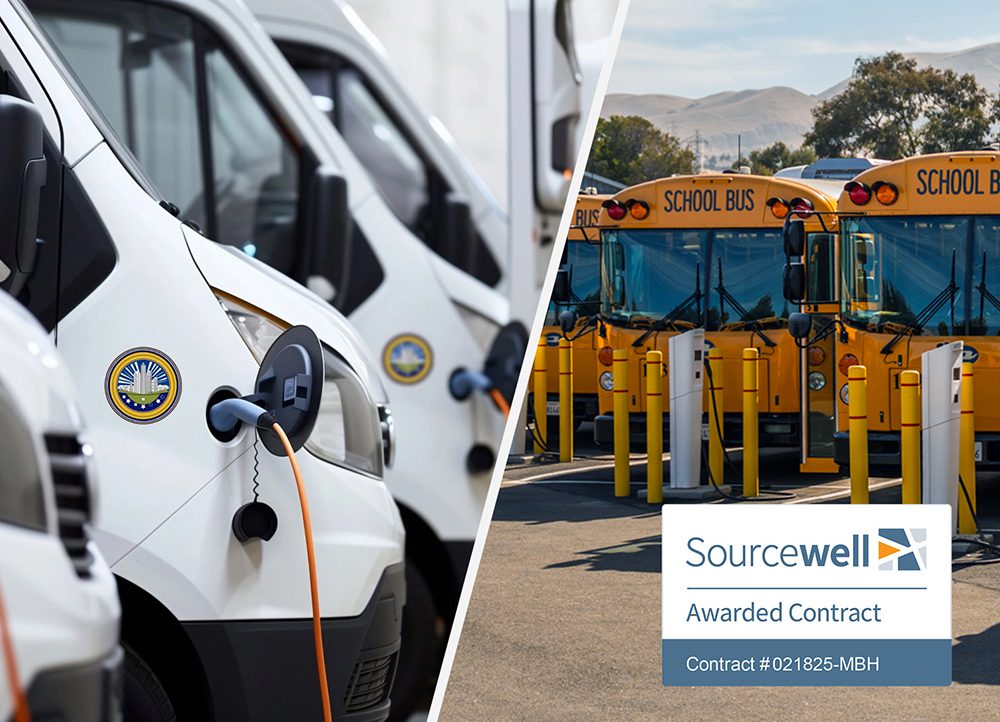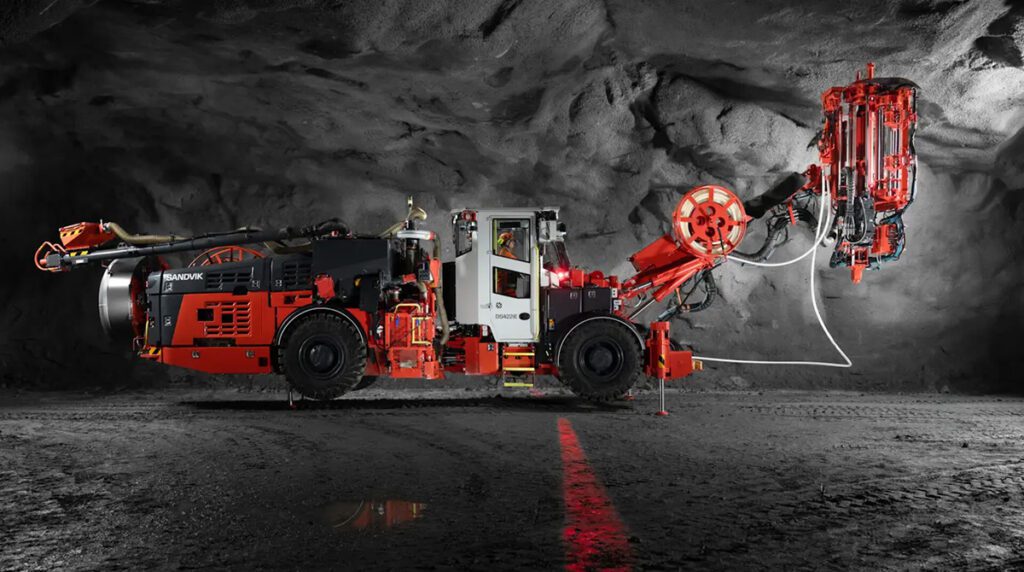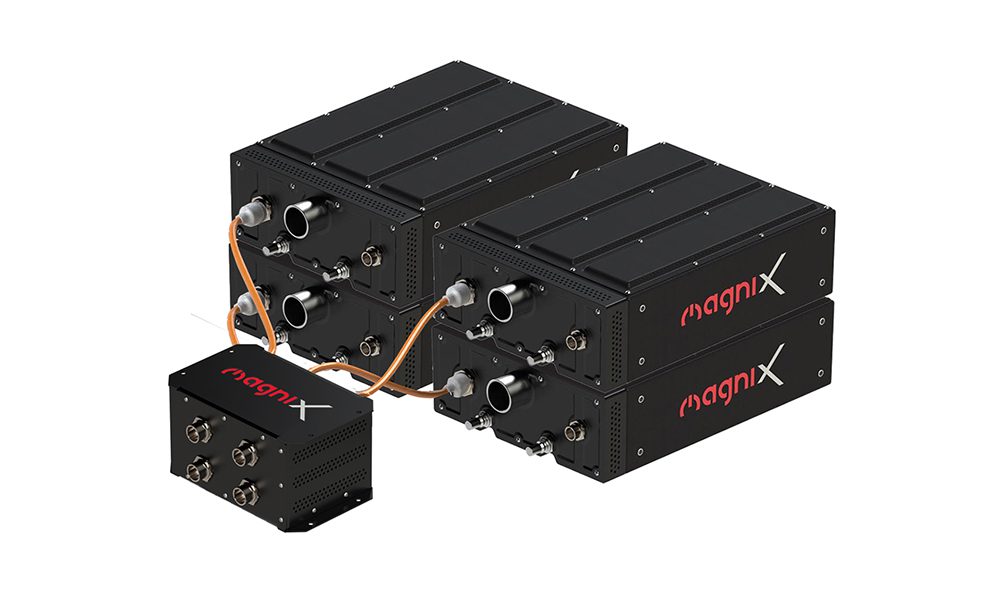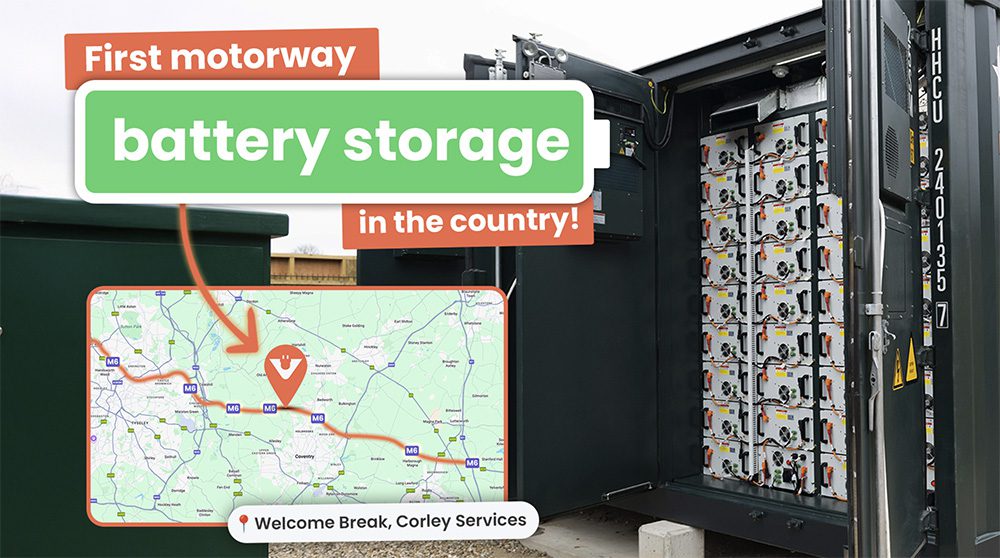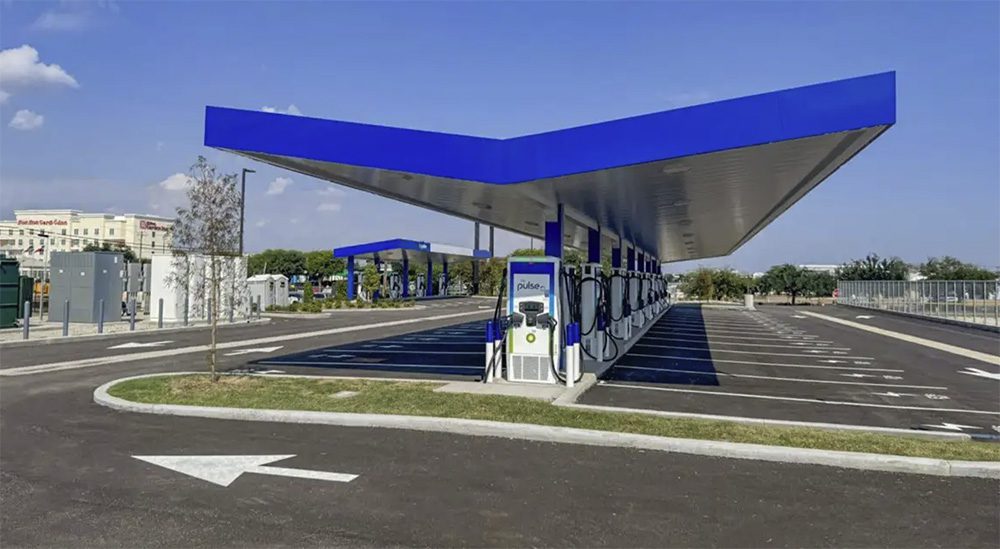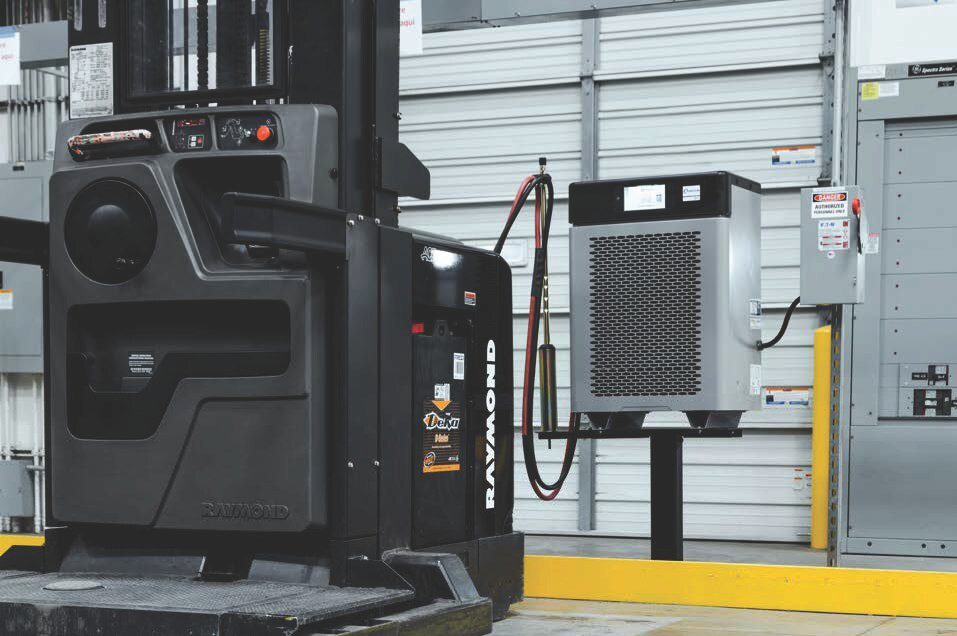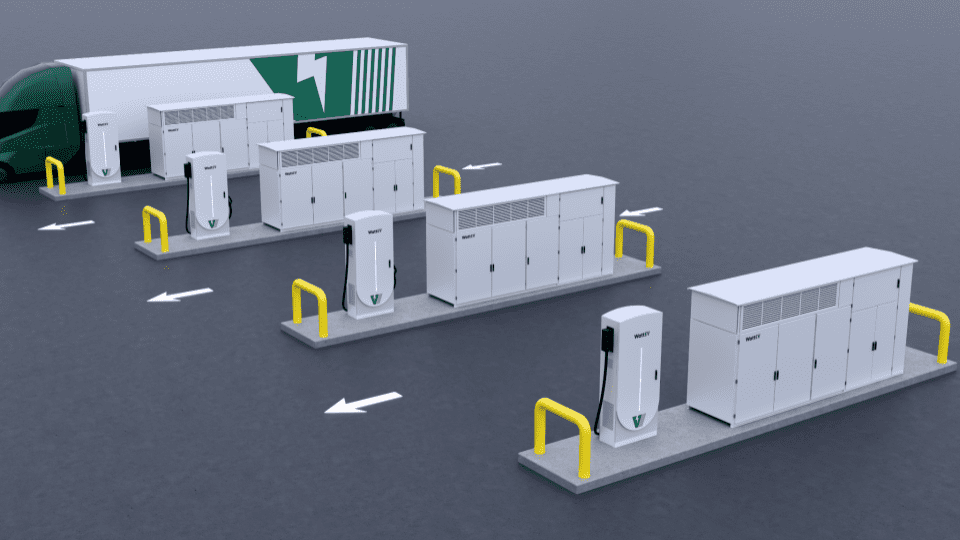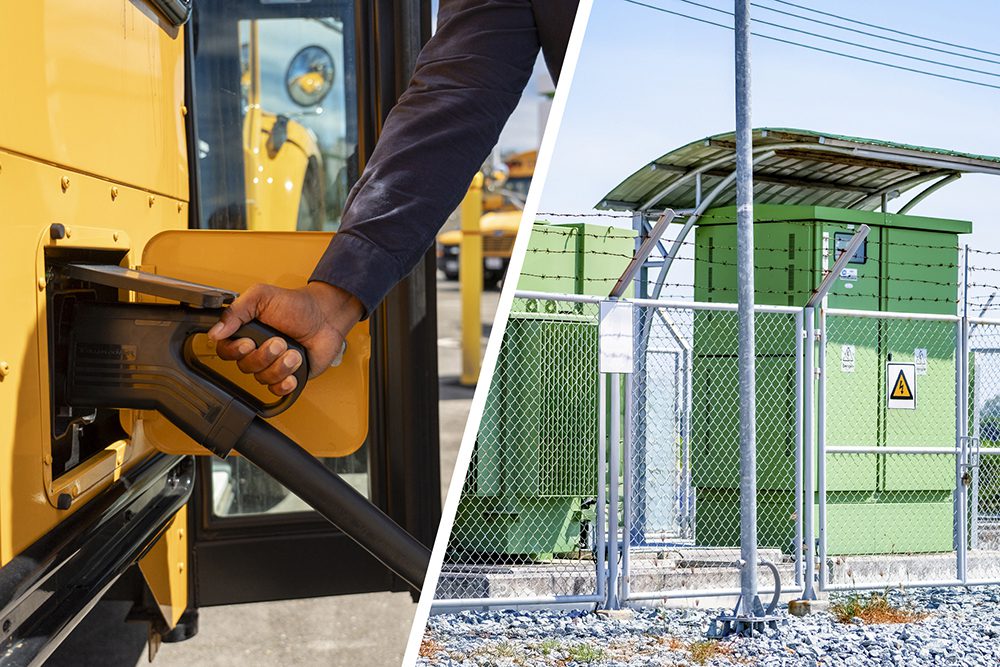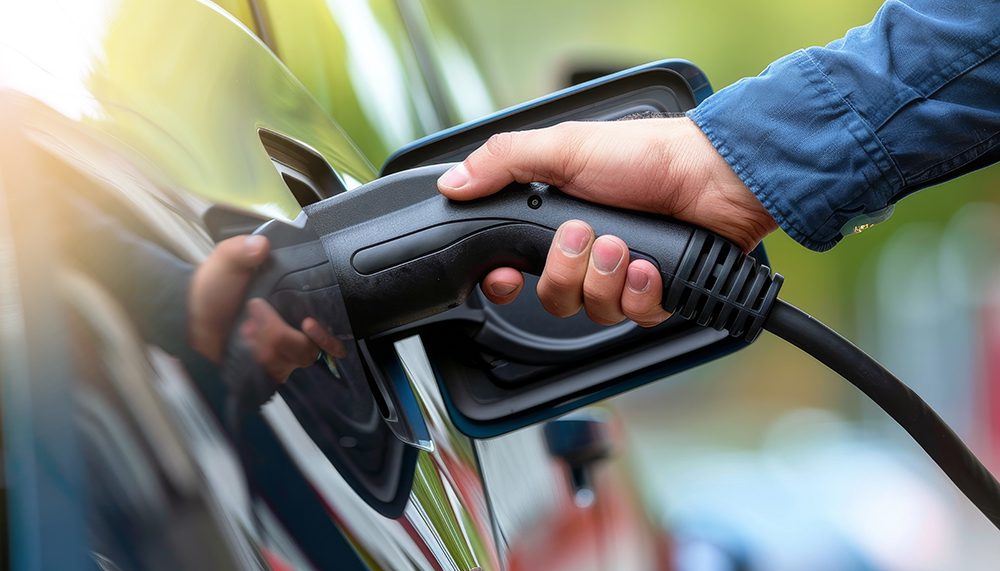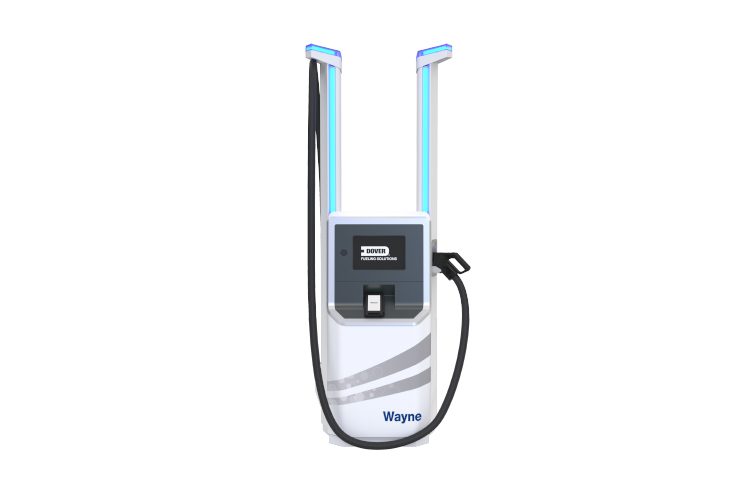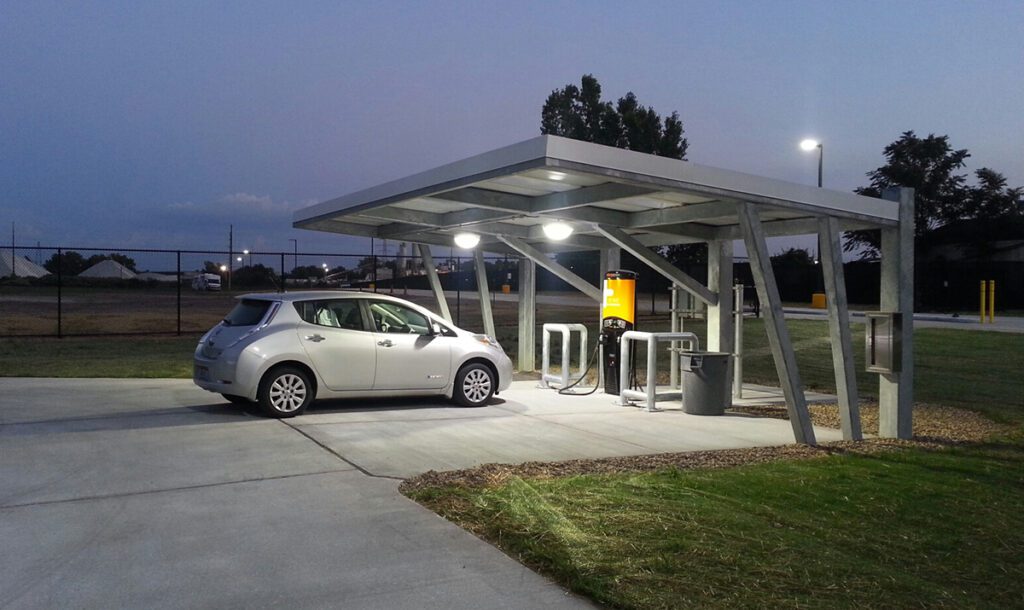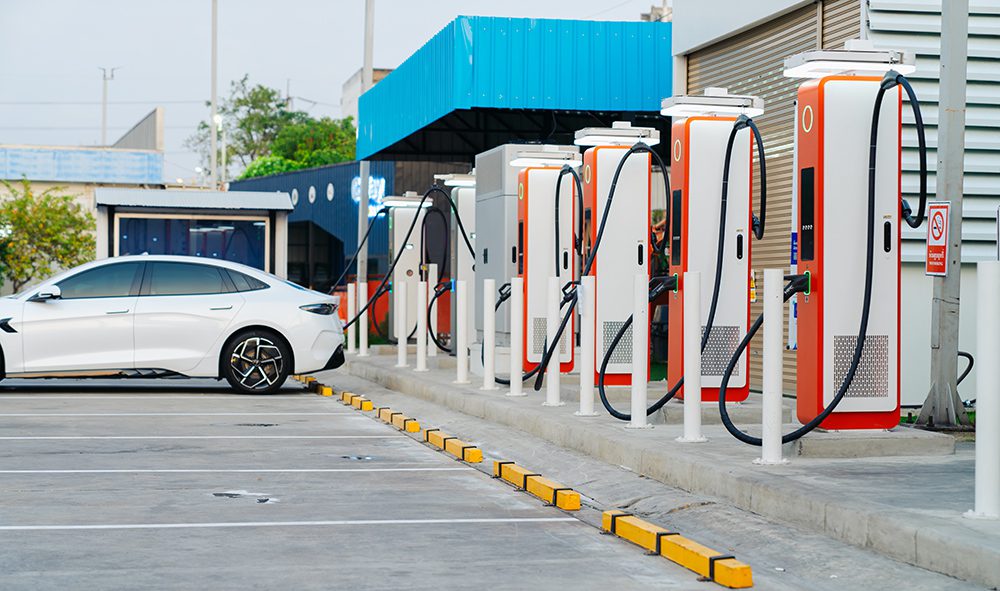By Lisa Jerram, Principal Research Analyst, at Navigant Research
It’s been a little over five years since the modern EV market was launched in the US, and growth has been steady – EV sales are expected to approach 200,000 in 2016. EV charging, the partner to the EV market, has grown as well. Today, the DOE’s Alternative Fuels Data Center reports that there are around 35,000 public charging outlets across the US. Chargers are being deployed at offices, hotels, airports, and auto dealerships.
So far, the charging market has grown with limited direct engagement by utilities, thanks largely to regulations that forbid utilities from owning EV chargers. But even in deregulated markets, many utilities have shown little interest in a larger role in the market, and governments and the private sector have been the ones leading the charge in infrastructure investments.
Considering the rapid pace of change that US utilities are facing today, it is not surprising that EVs have not been a top priority. But this wait-and-see posture is changing. Utilities in some of the top US EV markets are starting to take steps to encourage EV market growth, and to manage loads to benefit grid operations.
For utilities seeking to engage with the EV market more directly, what is the best leverage a firm can apply in the market? There is no single right answer to this question. The right approach will vary depending on a particular utility’s business model and regulatory structure. Utilities will want to understand where there are gaps in the EV charging market in which they can play a valuable role. They will also need to consider the long-term impacts of EVs on load, and how they can make EVs a valuable asset as they shift toward the greater use of renewable, distributed generation.
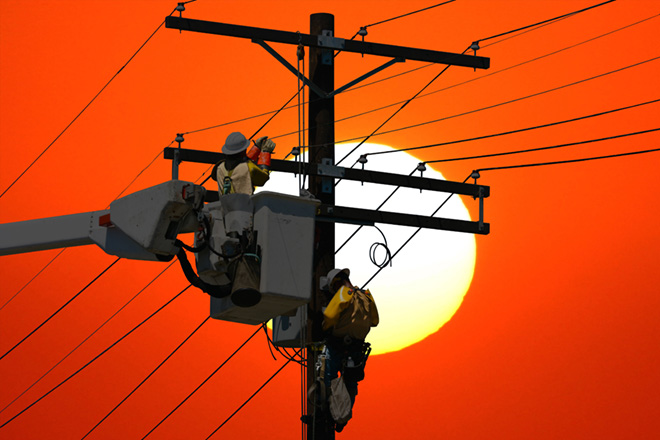
Multiple pathways for utilities
A recent Navigant Research report on the impacts of EV charging provides an overview of the US market for EV charging services and how utilities might participate. The report highlights how the geographical spread of EVs will expand over the next five years. Up until now, sales have been concentrated in the West Coast states. But eight Northeastern states are likely to see plug-in vehicle sales increase considerably as automakers stress EV deployments and marketing efforts to comply with the region’s zero-emission vehicle (ZEV) mandates for EV production. The expansion of the EV market will broaden the appeal of these vehicles to more diverse socioeconomic classes and geographies. This in turn will result in a need for increased charging infrastructure in the public sphere, in multi-unit dwellings, and at workplaces.
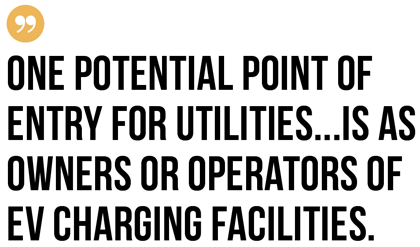
If utilities are able to secure regulatory approval, they can play an important role in meeting this need for infrastructure. Consider workplaces, where vehicles are often parked for eight hours or more. Workplaces are widely considered the second most likely location for drivers to charge, and workplace charging effectively extends the daily range of an EV. Companies in Silicon Valley have embraced EV charging as an employee perk, but for most US employers, EVs are not yet on their radar, and they may not see that the benefit of installing EV chargers outweighs the up-front costs. The multi-unit dwelling market has also been tough to crack, thanks to a combination of logistical hurdles and uncertainty over the benefits of making such an investment.
One potential point of entry for utilities in the EV market is as owners or operators of EV charging facilities. This could be a significant market disruptor, as utilities can afford to wait for a longer payback from deploying charging stations than commercial entities, while at the same time receiving other ancillary benefits from their installation.
That said, utilities may remain nervous about making large investments in charging networks without a clear understanding of when and how many EVs are likely to be sold in their territory.
Utilities also need to understand where their investments are likely to have the most impact, and what business model to pursue in a market where there are already many third-party providers of EV charging services. Automakers are also in the EV charging market as a matter of necessity. Utilities will need to analyze the potential return on investment from various types of charger deployments, and manage partnerships with charging vendors and auto companies with deployments in their service territories.

EVs and the smart grid
Apart from direct ownership and operation of EV charging, what can utilities do to engage in the market? EV charging presents opportunities for utilities in new revenue generation, and also in cost avoidance. Utilities need some degree of smart charging infrastructure to fully realize these potential opportunities, as well as to help manage load additions. Utilities in some fast-growing EV markets already operate rebate programs for the purchase and installation of residential charging infrastructure that can communicate with the utility.
Many utilities also offer time-of-use (TOU) rates specific to EV-owner households. These TOU rates provide discounts for charging at off-peak times, which can increase the energy cost savings of EV ownership. However, it is unclear how much TOU rates influence a decision to buy an EV, given how little it already costs to charge an EV. Some automakers have noted that TOU rates can confuse customers, or worse, give the impression that they need to worry about the best times to charge. A better avenue may be the use of demand response signals. Again, utilities need to consider these options, and there are pilot programs underway that can offer experience and guidance.
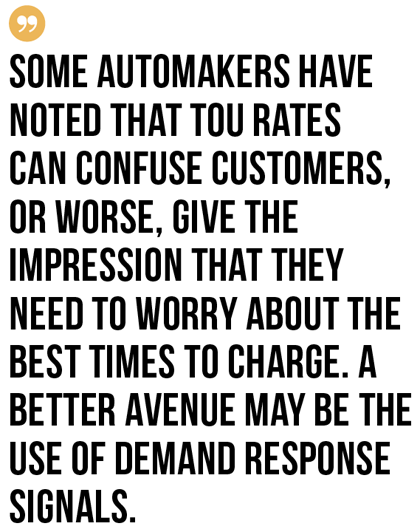
Indeed, EV drivers offer an opportunity for utilities to test-drive new services related to a move toward the smart home. EVs are a natural fit here, as they are simply another connected appliance. And EV drivers, in the near future, are still likely to be early adopters with an interest in new energy technologies such as solar or home energy management systems. Some automakers are looking to engage their EV customers in a whole ecosystem of home energy management. This presents an opportunity to test smart home solutions to see what customers respond to. Ultimately, utilities may look to vehicle-to-grid services as a way to make EVs a revenue-generating asset.
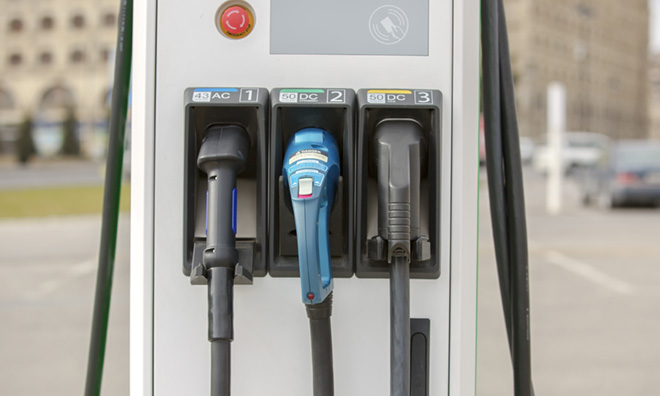
High-power fast charging is coming
DC fast charging is poised to become the next front in public charging infrastructure. Automakers that are introducing long-range EVs that can travel 200 miles or more on a full charge now see DC charging as a necessity for their customers. And they are pushing for much higher-power fast charging than the 50 kW units that are most common today. Long-range EVs will have much larger batteries than today’s models – around 60 kWh compared to 24 kWh – and charging at a 7.2 kW public charger would take much longer. As a result, interest in higher-power chargers deployed to allow for intercity, interstate, and cross-country travel is expected to increase.
Automakers are already making plans to deploy fast charging networks. Navigant Research has estimated that a cross-country network could be established with just 408 charging locations, and more extensive coverage could be established with 722 locations. Each location would have several chargers operating at levels of at least 100 kW, and potentially much higher. Utilities will have a critical role in providing sufficient power to the stations and helping sites manage load spikes.
Engaging with the DC fast charging rollout should provide benefits in terms of light-duty EV sales. Navigant’s EV charging impacts report notes that EV penetration is currently nearing 1%, focused on early adopters. DC fast charging can help EVs cross the chasm to the early majority segment of the market.
Moving forward in the EV market
There are a lot of options for utilities to consider in engaging the EV charging market. Utilities should look carefully before they leap into the market with a new program or rate structure. But they also shouldn’t wait too long, as they may start to feel the impact on their distribution grid before long.
This article originally appeared in Charged Issue 27 – September/October 2016. – Subscribe now.


